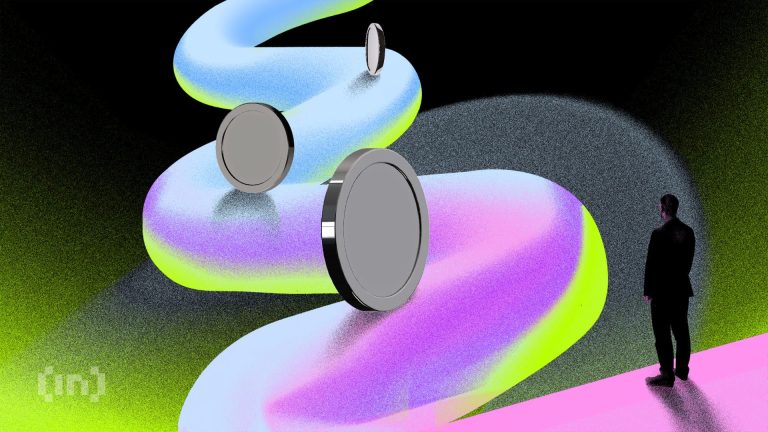
Smart Homes and Smart Living: The Technological Transformation of European Homes by 2025
Smart Homes and Smart Living is the future of European homes, with technological advancements transforming the way we live and interact with our living spaces. The concept of smart homes has been around for several years, but it’s only recently that we’ve seen a significant surge in the adoption of smart home technology. By 2025, it’s estimated that over 50% of European homes will be equipped with some form of smart home technology.
What are Smart Homes?
Smart homes are homes that are equipped with advanced technology that allows for remote monitoring, control, and automation of various systems and appliances. This can include everything from lighting and temperature control to security systems and entertainment systems. Smart homes are designed to make our lives easier, more convenient, and more enjoyable.
Benefits of Smart Homes
There are many benefits to smart homes, including increased convenience, energy efficiency, and safety. With smart homes, you can control your lights, thermostat, and security systems from your smartphone or tablet, no matter where you are in the world. This means that you can turn off your lights and thermostat when you’re not home, saving you money on your energy bills. You can also receive alerts and notifications if there’s an issue with your security system, giving you peace of mind when you’re away from home.
Technological Transformation of European Homes
The technological transformation of European homes is being driven by a number of factors, including advancements in technology, changing consumer behavior, and government initiatives. One of the key drivers of this transformation is the Internet of Things (IoT), which is enabling the connection of various devices and systems in the home. This is allowing for the creation of integrated smart home systems that can be controlled and monitored remotely.
European Homes by 2025
By 2025, it’s estimated that over 50% of European homes will be equipped with some form of smart home technology. This will include everything from basic smart home systems to more advanced integrated systems. The adoption of smart home technology will be driven by a number of factors, including increasing consumer awareness, declining costs, and government initiatives. One of the key trends that we can expect to see in European homes by 2025 is the integration of artificial intelligence (AI) and machine learning (ML) into smart home systems.
Conclusion
In conclusion, the future of European homes is becoming increasingly smart, with technological advancements transforming the way we live and interact with our living spaces. By 2025, it’s estimated that over 50% of European homes will be equipped with some form of smart home technology. Whether you’re looking to increase your convenience, energy efficiency, or safety, smart homes are the way of the future.




